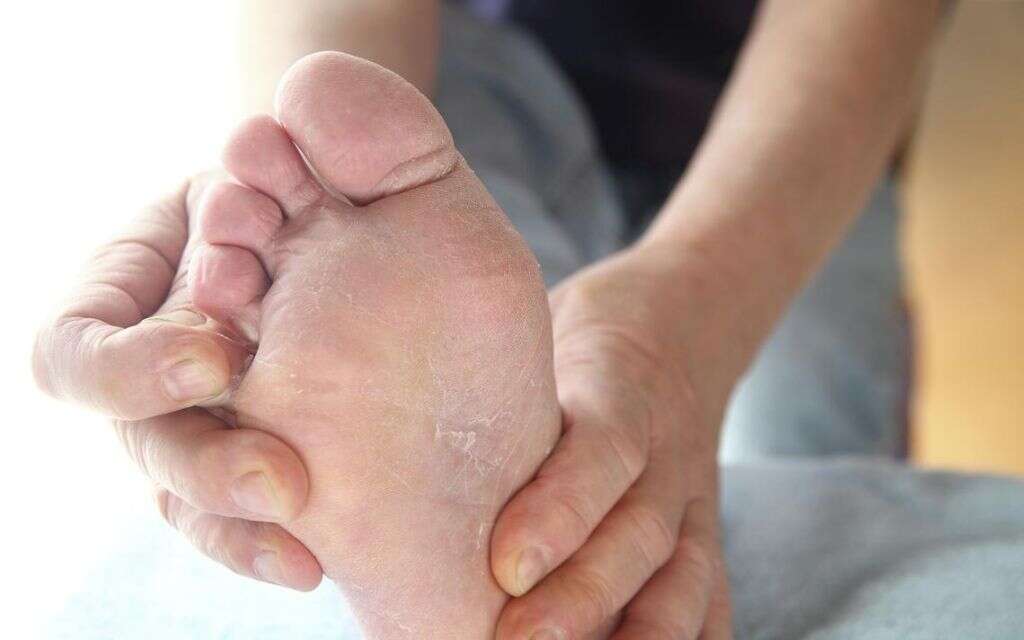What Is a Fungal Infection?
If you’ve ever had an itchy rash or a yellow-tinged toenail, you might have suffered from a fungal infection. There are many different types of these infections, and they range from surface levels — such as the rash and the toenail — to systemic, or body-wide. Some familiar examples may include yeast infections, forms of foot fungus, and thrush.
Symptoms, treatments, and severity of the various fungal infections also differ widely. This information explains these conditions, offers some tips for treating them, and provides advice concerning what you need to watch for in terms of reinfection and complications.

1. What Causes a Fungal Infection?
Fungi are simply part of the world. They are everywhere from the foods we eat, such as mushrooms, to the air we breathe, which contains mold spores. It’s common for the fungi around us and in our bodies to multiply to the point that we become sick. At this point, you can call the illness a fungal infection.
The most common types of fungal infections, like vaginal candidiasis and ringworm, are found in ordinary people as well as those who have weakened immune systems. Because the fungus is already present on the skin or in the body, the fungus has an opportunity to grow when the person’s immune system is weakened.

2. What Types of Fungal Infections Are There?
There are many types of fungi that can infect a person. Ringworm, which is not actually a worm despite its name, and athlete’s foot are two of the more common skin infections. Candidiasis, which is most often caused by the fungi Candida albicans, can affect a person’s mouth, genitals, and skin.
Though it’s best to get any mysterious rashes or health problems diagnosed by a doctor, it’s pretty safe to assume that your athlete’s foot, jock itch, or common vaginal yeast infection can be treated with an over-the-counter cream you can find at any local pharmacy.

3. What Is a Fungal Skin Infection?
Fungal skin infections occur anytime fungi encounter the skin and are able to grow in a warm, moist environment. This means that the most common places on your body for a fungal infection to develop are your feet (think sweaty, warm shoes), your groin, and the folds underneath your buttocks or breasts.
Fungal skin infections can be easily confused with several other skin problems since many rashes and autoimmune conditions mimic the symptoms of a fungal infection. Eczema, a common complaint in which the skin’s moisture layer is disrupted, leads to red, itchy patches that could easily be diagnosed as fungal by an untrained eye. Similarly, psoriasis is an autoimmune disease that leads to scaling and flaking of the skin due to skin cells multiplying at an abnormal rate.

4. What Is a Systemic Fungal Infection?
Entire-body fungal infections can occur when someone experiences a Candida infection that spreads to multiple parts of the body. This can be caused by several strains of the candida fungus, but Candida auris is a particularly dangerous one that can proliferate easily.
Candidemia is the term for a Candida infection that has spread into a person’s bloodstream, but it often doesn’t stop there. Invasive candidiasis can affect a person’s heart, lungs, eyes, bones, and even his or her brain.

5. Isn’t Candida an Alternative Medicine Disease?
Within the teachings of some alternative medicine practitioners, there is the idea that systemic Candida infections affect far more than those who are committed to a hospital. They believe that Candida can run rampant and needs to be cured with a strict, usually low-carb diet.
Whether Candida affects people to this degree is uncertain. Be careful when assessing alternative medicine practitioners who claim to cure conditions such as cancer, autism, or depression by treating a supposed fungal infection.

6. Are Fungal Infections Contagious?
If you remember your mother telling you to always wear sandals in the pool showers, you probably know that athlete’s foot is an especially notorious culprit of fungal contagion. It’s quite easy for tinea fungus to spread from person to person or in this case, foot to foot.
Other varieties of fungus can be transmitted, but they’re not as commonly passed between people. You’d think vaginal yeast infections could be transmitted sexually, but several studies have actually proved this to be rare.

7. Since Mold Is a Fungus, Can it Infect Me?
Surprisingly, yes, though there are several myths surrounding the notorious black mold, which is sometimes falsely thought to cause major health problems such as cancer and body pain. Any mold can cause health issues if you have allergies, asthma, or another lung condition.
Other types of mold infections, such as aspergillosis, take up residence in a person’s lungs. People prone to this type of infection usually have a weakened immune system or another underlying illness that makes them more susceptible.

8. What Are Some Treatments for Fungal Infections?
If you have thrush in your mouth, you might be given a mouthwash or a prescription for antifungal medication that comes in a pill. If you have a skin infection, your doctor may ask you to keep the area as dry and cool as possible to discourage fungal growth and may also prescribe a cream medication.
Treatment for systemic fungal infection might include medication in a pill or IV form, depending on how serious the infection is. If you are truly ill with systemic candidiasis or fungal pneumonia, for example, you might be admitted to the hospital until it clears up.

9. Who Is at High Risk for Contracting a Fungal Infection?
It’s easy to see why people with weakened immune systems are at high risk of getting a fungal infection since the fungus already lives on their bodies. When given a chance to grow, it will spread as fast as possible if it is not kept in check by their immune systems.
In some cases, fungal infections can be an unfortunate complication of an already discouraging disease. For example, high blood sugar in diabetics makes them prone to fungal infections. Susceptibility also exists for autoimmune patients, such as those with rheumatoid arthritis, who must take medication to artificially suppress their immune systems.

10. What Are My Chances of Being Reinfected?
If you fall into one of the above high-risk categories, you have a higher chance of contracting another fungal infection. For many people, the most common reinfections include situations such as athlete’s foot, in which you keep wearing damp shoes over and over again during soccer practice, or when you fail to protect your feet in public showers.
You might suffer reinfection if you do not treat the fungal infection properly in the first place. Make sure you take medications as the doctor prescribes and be careful with alternative remedies such as essential oils and homemade skin creams since these can sometimes cause irritation or compound the problem.












